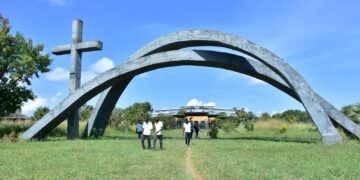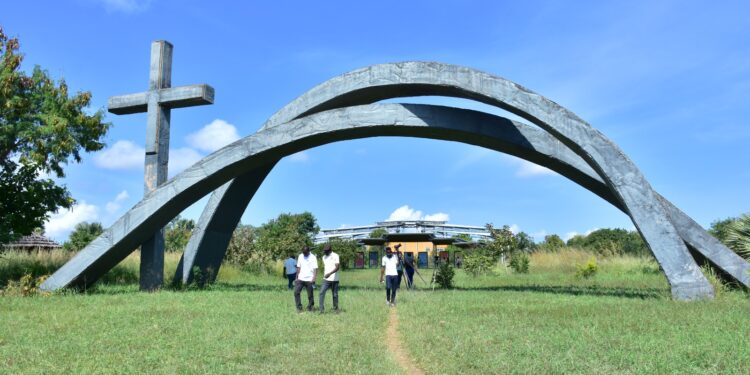Every year, on October 20, pilgrims from around the world gather at the Wipolo Martyrs Shrine in Paimol Subcounty, Agago District in Northern Uganda. They come to renew their faith and pay tribute to the WiPolo Martyrs, Daudi Okello and Jildo Irwa.
Nestled approximately 164 kilometers from Gulu city, the shrine honours the two Acholi catechists who were martyred in 1918 for their commitment to spreading Christianity. These young men were beatified by Pope John Paul II on October 20, 2002, alongside 22 other Roman Catholic martyrs from Uganda.
Pilgrims flock to Wipolo to commemorate the martyrdom of Okello and Irwa, who were hunted, threatened, and eventually speared to death in October 1918 by executioners under the command of Rwot Ogal.
Their deaths occurred amidst rising tensions in Paimol and across Northern Uganda, stemming from the introduction of colonialism and slavery.
The local chief, Lakidi, had been arrested and died in Kitgum, which further incited resentment among the community, many of whom were hostile to the Christian teachings of the young catechists.
Okello and Irwa stood firm in their faith, even as the executioners approached. Daudi Okello was the first to be killed, and despite his youth, Jildo Irwa chastised the assailants for their cruelty.
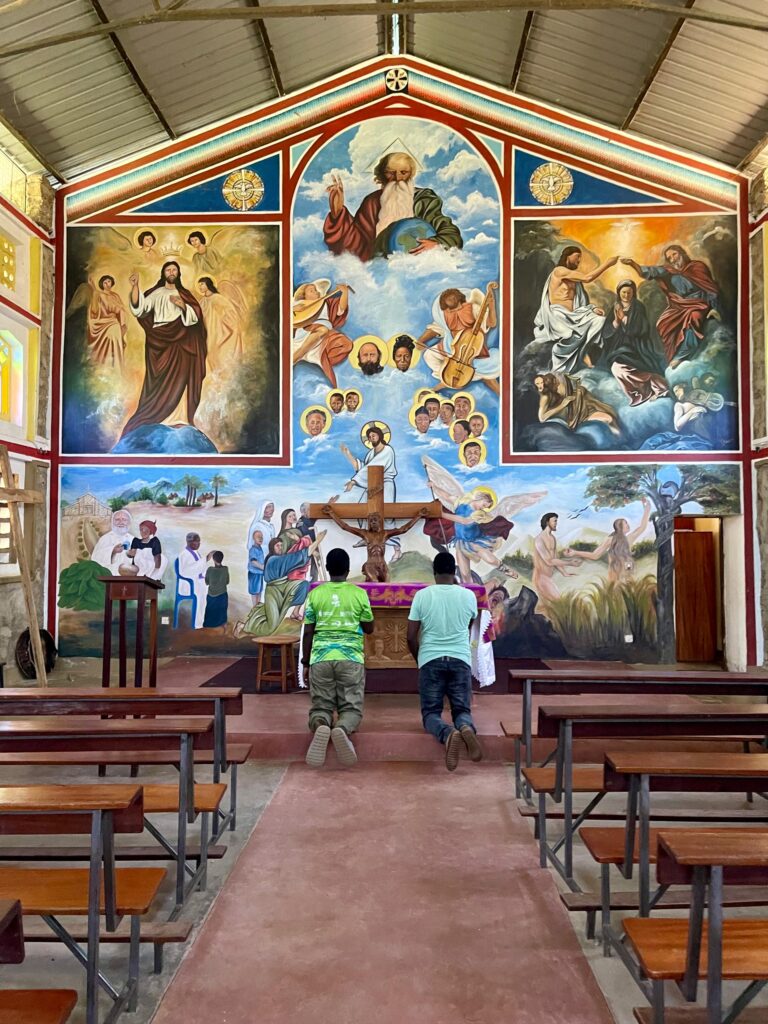
He too offered his life, uttering the words, “Wonwa ma itye wi polo,” meaning, “Our Father in heaven,” a phrase that encapsulates the belief that they would ascend to heaven. This phrase inspired the name “WiPolo,” which translates to “in heaven.”
Seminarian James Ojok explains, “They were killed for their faith. The local chief believed in witchcraft and saw their teachings as a threat to his followers.” At the time of their deaths, Daudi was only 16 years old, and Jildo was just 12.
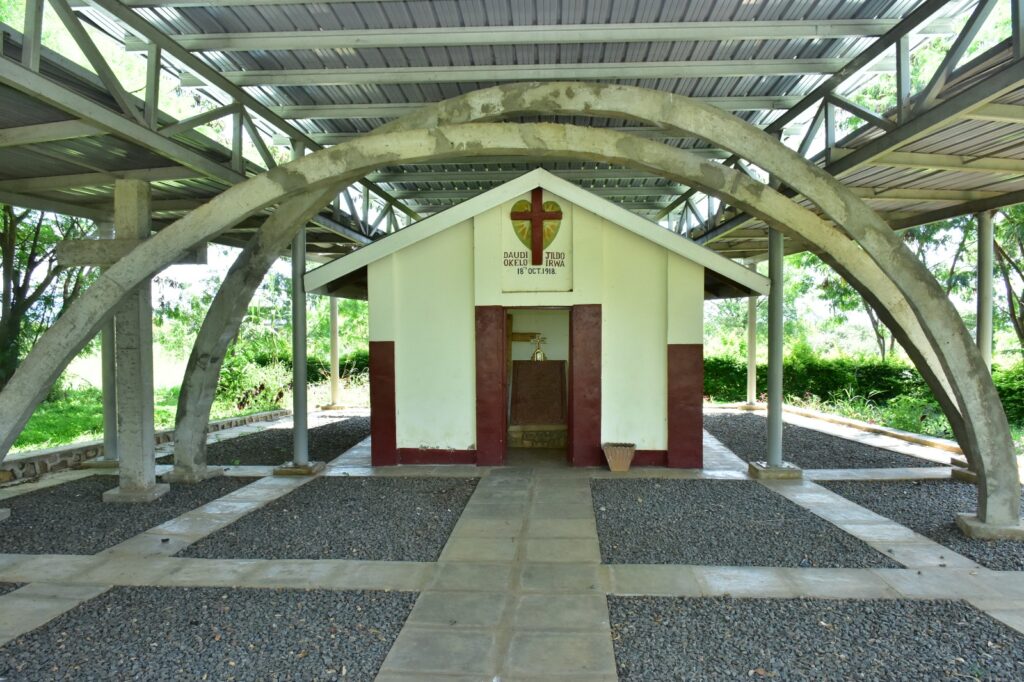
Before their martyrdom, Catechist Antonio had been leading the church in Paimol, but his mysterious death led to the arrival of Daudi and Jildo, who took up the mantle of leadership. Tragically, within a year, they met their untimely end.
Their bodies were left exposed to wild animals, yet remarkably, none touched them. Eventually, their remains were placed in an anthill for burial.
In 1926, Monsignor Vignato, accompanied by seminarian Bala Donasiano, conducted a pastoral visit to Paimol to retrieve the remains of the two martyrs. They were reinterred in Kitgum Parish Church for safekeeping, though plans are underway to return their remains to Paimol.
The Wipolo Shrine
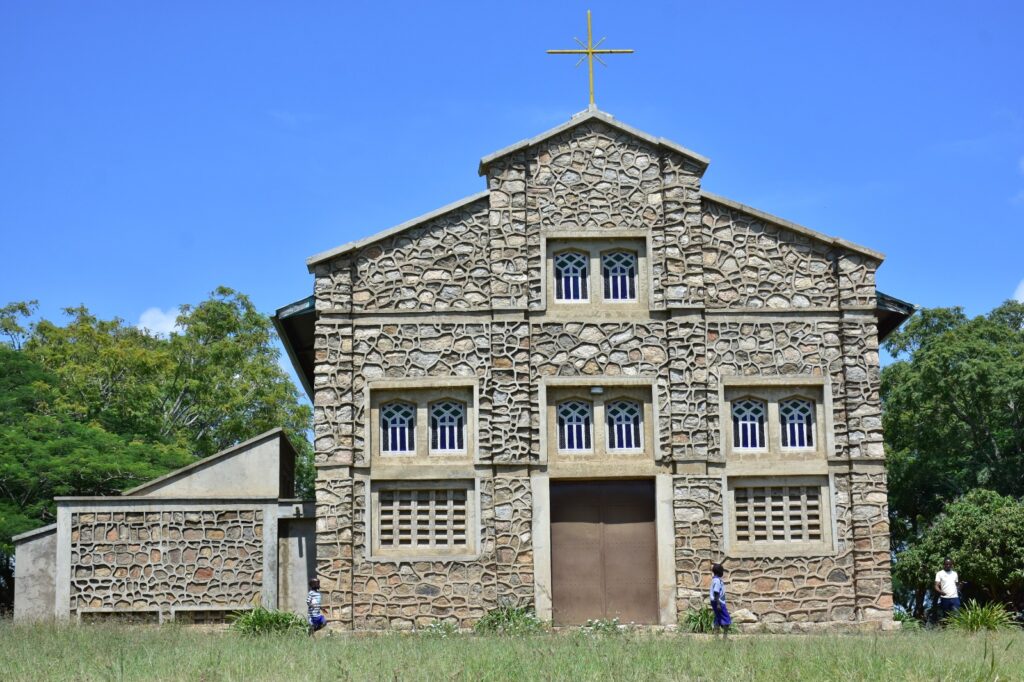
Visitors are greeted by two enormous, intertwined arches symbolizing the love and mercy Daudi Okello and Jildo Irwa demonstrated in their lives. A church seating over 200 people and an open-air altar that accommodates over 20,000 pilgrims are part of the ongoing development at the shrine.
The site also features a school and a century-old tree that has witnessed the unfolding history. Next to the preserved road/path that once led to Kitgum lies a tomb, marking the location where the martyrs were killed.
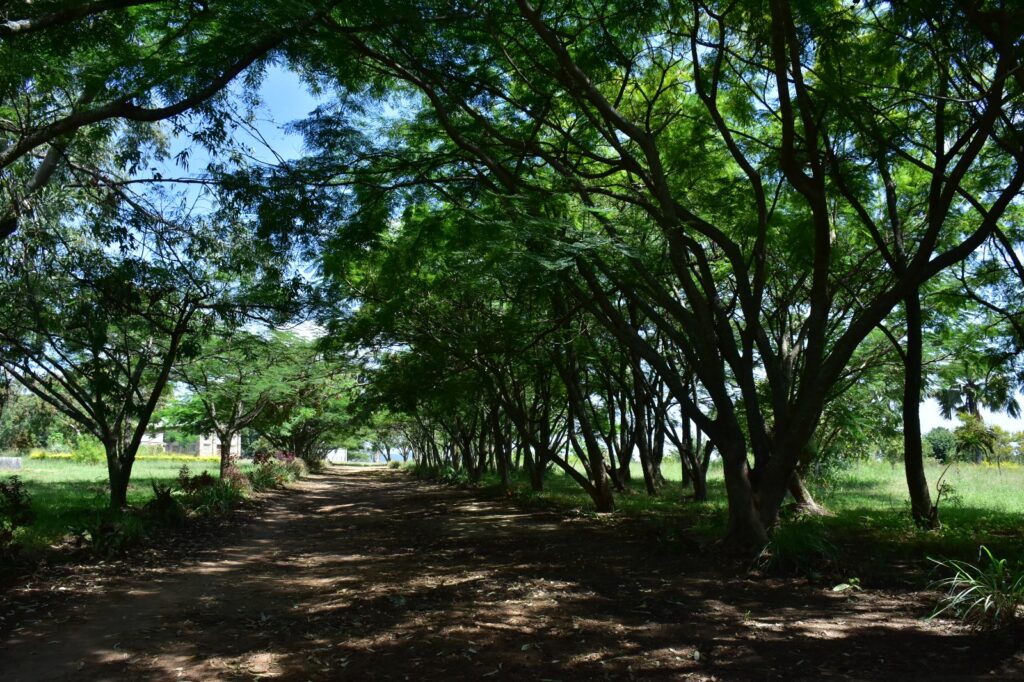
Pilgrims often collect soil from the place that served as the martyrs’ initial burial site, believing it to have healing properties. Over time, a large pit has formed due to the continuous gathering of soil.
Scattered taps around the shrine provide water for purification and sanitation, though the growing number of visitors has prompted shrine leaders to request further government support. Currently, the site relies heavily on donations from Italy and local sources.
There is also an ancient tree, believed to have served as a gathering spot for the martyrs, and a stone with holes from a traditional board game they played. The serene environment is enhanced by a church, underground changing rooms, and newly planted hedges and trees.
The shrine is set to become East Africa’s second-largest religious destination after the Uganda Martyrs Shrine in Namugongo, which honors 45 martyrs killed between 1885 and 1887 on the orders of Kabaka Mwanga II of Buganda.
In 2004, a church dedicated to Daudi Okello and Jildo Irwa was constructed by the late Brother Piero Dusi MCCJ and Father Paolo Ottolini MCCJ. The first resident priests, Fathers Edoardo Moerlin Visconti and Joseph Okumu, were appointed by Archbishop John Baptist Odama.
An open-air altar and the two symbolic arches were completed in October 2015, with the guidance of Architect Giuseppe Nicora and ARS Construction, led by engineers Francesco Frigerio and Andrew Olal under the leadership of Father Joseph Okumu.
Religious Tourism
Religious tourism is a growing market, estimated to be worth USD 1.29 trillion in 2024 and expected to reach USD 2.01 trillion by 2031, with a compound annual growth rate (CAGR) of 6.5%. The increasing interest in pilgrimages and sacred destinations such as Mecca, Vatican City, Jerusalem, and Varanasi is fueling this growth.
In Uganda, the Namugongo Martyrs Shrine remains the top attraction, drawing over one million visitors annually. To tap into this expanding market, the Uganda Tourism Board (UTB) is promoting and marketing religious sites like WiPolo. In addition to wildlife and adventure tourism, the board is creating new circuits to include faith-based destinations.
Lilly Ajarova, CEO of UTB, emphasized the need to develop religious tourism, highlighting the Board’s efforts to collaborate with partners in enhancing products, services, and promotional strategies. The UTB has also supported media familiarization trips to various tourism sites, including WiPolo, to raise awareness of their potential and address any risks posed by negative publicity.
Dr. Gessa Simplicious, Head of Public Relations and Communication at UTB, reaffirmed that the shrine is a key part of the broader plan to revitalize faith-based tourism in Uganda.
Photos by Julius Luwemba.
